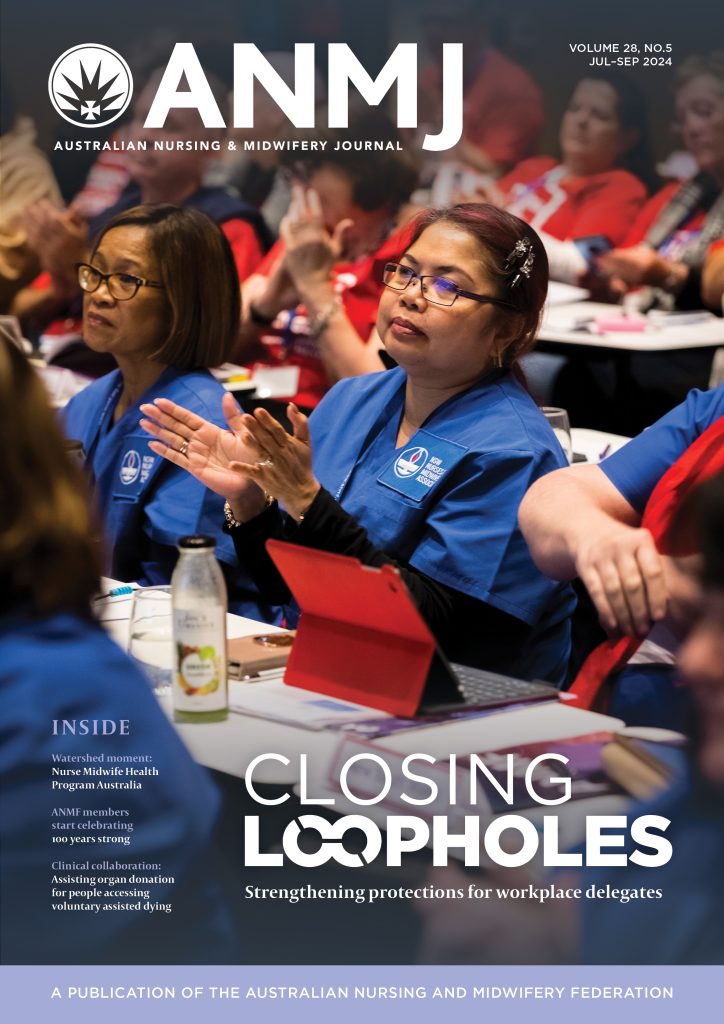Healthcare worker compliance with national hand hygiene guidelines falls from more than 90 to 30% when they are not being observed, latest research shows.
The national mandatory hand hygiene program was introduced in Australian hospitals eight years ago and requires a 70% compliance rate
The University of NSW (UNSW) study monitored human and automated methods of hand hygiene surveillance in an Australian teaching hospital over a period of two years.
Automated surveillance included hand hygiene dispensers at sinks and bedsides recording hand hygiene by touch. Human surveillance was direct observation of healthcare workers by human auditors.
Lead author UNSW Medicine Professor MaryLouise McLaws, an infection control expert and World Health Organization health adviser said it was the first study to look at errors in compliance rates since the national hand hygiene program was introduced in 2010.
“We found that as soon as human eyes were off the clock outside of the mandatory 20-minute audit and our automated method continued to monitor compliance, hand hygiene compliance went from 94 to 30% – which is gravely concerning.
“The government has been telling us that compliance is high. Our study shows that this may not be the case.”
Healthcare workers were good at hand hygiene compliance when there was perceived risk to themselves including exposure to body fluids, or to patient safety. However hand hygiene compliance before patient contact and in patient zones, including tables, lockers, curtains and door handles was poorer, Professor McLaws said.
“At the moment, clinicians are more likely to practice good hand hygiene after contact than before, due to a perceived need for self-protection, so their attitudes need to be challenged.”
Professor McLaws said that just telling very busy, overworked nurses and doctors that they were required to adhere to hand hygiene guidelines was not the same as changing behaviour.
“A national behaviour change program needs to be implemented, such as getting back to basics by focusing on mandatory compliance before every patient contact.”
Cultural change and deep behavioural issues needed to be addressed from childhood, she said.
“For my generation hand hygiene was very important with the eradication of polio. We worry about hand hygiene with coughs, colds and the flu but we do not consider hand hygiene the cornerstone of public health that protects us all.”









